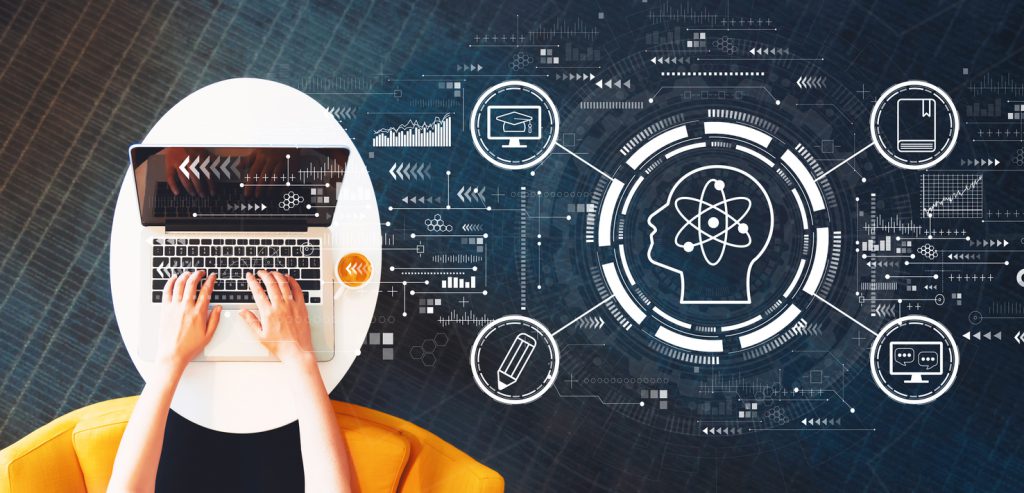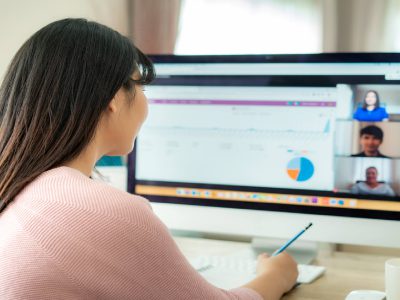What is Digital Learning?
The term digital learning relates to eLearning. It is a method of teaching and learning online. Digital learning comprises flipped mixed, personalised, and individual learning. eLearning approaches use a variety of technology to engage learners in the learning process.
Digital learning does not only mean using digital tools only but using the online possible methods to teach the learner. There are 3 forms of learning such as;
- The independent, self-governing online learning, where learner teaches their selves using online means and digital sources without any interaction or support of the instructor or teacher.
- Remote Learning is where people learn through instructors but online, digital learning.
- Traditional physical learning.
Now institutions are moving towards eLearning due to its increasing benefits such as corporate trainers, instructional designers, general educators and retail trainers all are moving towards digital studies and eLearning.
With digital learning, learners can learn from anywhere in the globe with internet access. They only need to connect their gadgets to the internet to access their learning objective. While some sites do not offer free courses, they are still available online. Using an electronic gadget is also more mobile than traditional physical learning. As technology advances, so does eLearning, which has several advantages that we will describe later.
Digital learning at Workplace
An important point to be noted is that, at tom4es when eLearning has become so popular and common that the organizations and institutions need to completely rely on technology if they are offering online/digital learning courses as learning digitally is not as easy as it seems. There need to have complete internet access to both the learner and teacher, presentations should be made so informative, a good social interaction application has to be used to proceed without interruption, voice quality has to be best. E-mail is also a form of Digital learning. eLearning is about using the internet, computers, and mobile devices to exchange information. Some institutions use eLearning as a substitute for classical educations which means they have completely switched from traditional physical learning to eLearning.

The Benefits of Digital Learning
24 Hour Access
Digital Learning Contributes to Deeper Learning
eLearning contributes to deeper learning in a way that when learner studies digitally and not only theoretically, it leaves a trace on the learner’s mind which helps in memorizing it correctly.
Connected Learning
A Gateway to Self-Study
Flexibility
Familiarity with Technology
As eLearning becomes more prevalent in the future, people will be able to learn more about technology through digital learning.

Ease Of Sharing
The bulk of Information
The internet has a lot of information and people can learn about anything they desire. Many websites provide similar material in the form of articles, documents, etc., allowing users to learn online.
Learning Opportunity
Enhanced Learning
Availability of Languages
Enhances Skills
More Options of Employment
Almost all institutions now include online and digital learning and they have customized their plans according to digital learning. The higher levels of unemployment during pandemics have increased access to eLearning and people have found their ways of employment through learning digitally.











